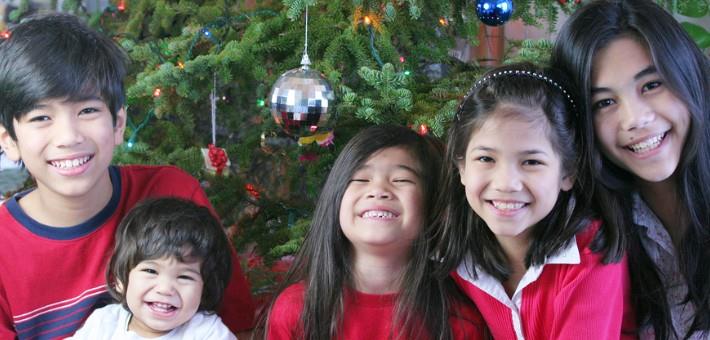
Letters to Santa – Understanding Chilean Children’s Wish Lists
Christmas is celebrated all around the world. Poor, rich, white, black… people love the Christmas feeling. Nevertheless, there are major differences in the way Christmas is celebrated. Researchers of an Innovar study were interested in the meaning of Christmas presents to children in an emerging economy. They examined nearly 400 Chilean children’s letters addressed to Santa Claus. Here’s what they found about their Christmas wishes.
Take aways
- Even in an emerging economy like Chile, (young) children are very brand-oriented.
- Children’s gender and age are both important factors for understanding their wish lists.
- These conclusions are comparable to findings among US and European children.
Study information
The question?
What are the amount and nature of Christmas presents, requested by Chilean children from Santa Claus?
Who?
478 letters, written by Chilean children (51,5% was written by boys), that were sent to Santa Claus during the four weeks prior to Christmas 2004
Where?
Chile
How?
Researchers were allowed to select (and copy) 10% of all letters, written by Chilean children, that were sent to Santa Claus in the four weeks prior to Christmas. The researchers analyzed all letters, and then compared the content of the various letters.
Facts and findings
- Chilean children asked (on average) 2 gifts from Santa.
- Younger children asked slightly more presents from Santa than older children.
- 35% of the gift requests named in the letters to Santa included a branded product, which equals almost 1 branded request per letter.
- Girls were more brand-orientated than boys.
- Younger children asked for more branded products than older children.
- Young children often asked for gender-specific gifts. The older the children, the less they asked for gender-specific toys.
- 30% of all letters had polite elements in it (‘how are you’, ‘thank you’ or ‘please’). Younger children used less polite elements in their letters than older children did.
- 23,6% of all letters contained indirect requests (‘I would like’, ‘Could you’). Younger children used less indirect requests than older children did.